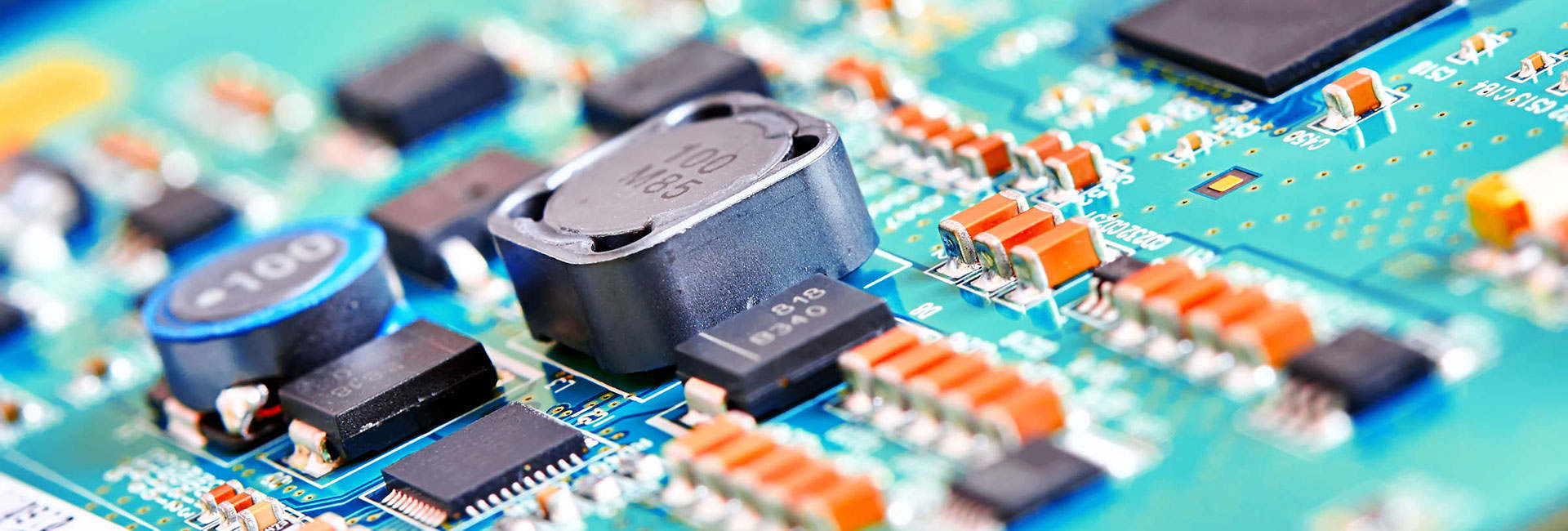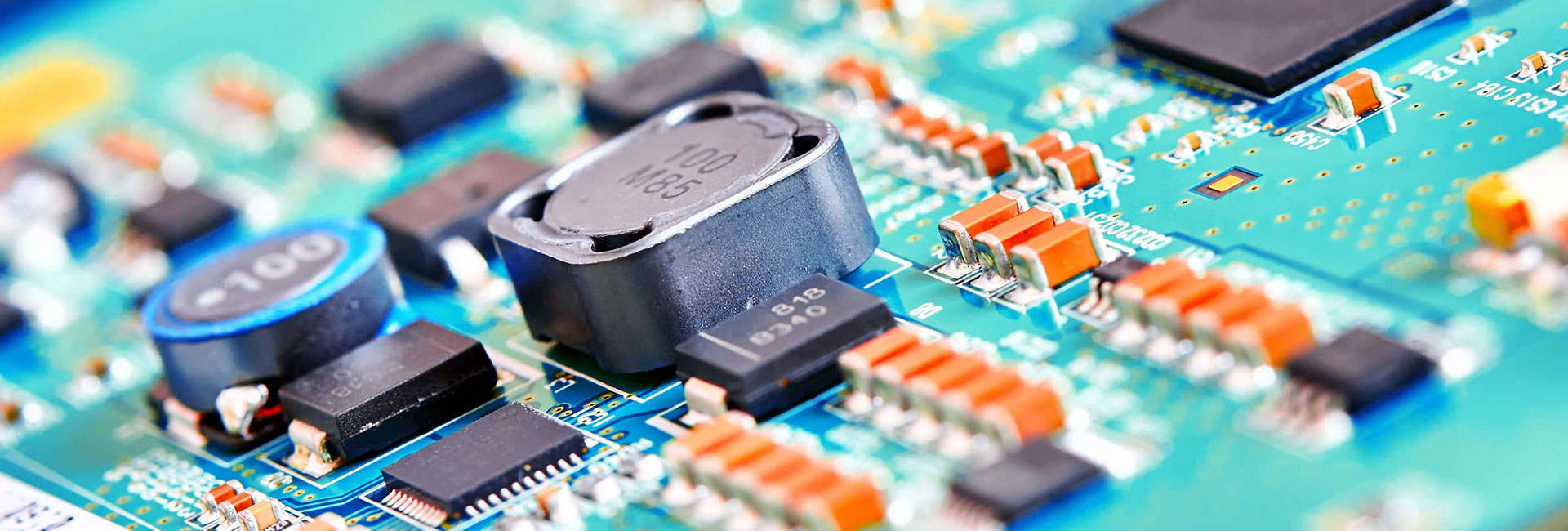
The B2B platform for the best purchasing descision. Identify and compare relevant B2B manufacturers, suppliers and retailers
Close
Filter
Result configuration
Continents
Select continent
Locations
Result types
Company type
Select company type
Industries
Select industry
Company status
Select company status preset
Number of employees
Min.
Max.
Founding year
EnFrio
Ponderano, Italy
B
11-50 Employees
2013
Key takeaway
Enfrio specializes in providing tailored cooling solutions for various industries, including engine cooling with a range of products such as radiators and oil coolers. Their expertise in product design and engineering ensures effective cooling solutions for diverse applications.
Reference
Core business
Engineering Cooling
Engineered Cooling Services
Pensacola, United States
B
251-500 Employees
2002
Key takeaway
Engineered Cooling Services specializes in HVAC solutions, emphasizing energy efficiency and innovative energy solutions that can directly relate to electronic cooling needs. Their skilled technicians ensure optimal performance for mission-critical facilities, which is essential for effective electronic cooling management.
Reference
Core business
Engineered Cooling Services
HITEMA INTERNATIONAL Customized and Standard Chillers solutions
Bovolenta, Italy
B
51-100 Employees
1982
Key takeaway
The company offers high-performance cooling equipment specifically designed for data centers, highlighting its superior operational qualities.
Reference
Product
Cooling solutions for Data Centers
Looking for more accurate results?
Find the right companies for free by entering your custom query!
25M+ companies
250M+ products
Free to use
Quantum Cooling LLC
Tampa, United States
B
1-10 Employees
2019
Key takeaway
Quantum Cooling specializes in innovative HVAC equipment for commercial and industrial markets, emphasizing energy-efficient system design and sustainable building methods. Their focus on cost-effective solutions aligns with the need for effective electronic cooling systems.
Reference
Core business
Quantum Cooling – Exceptional Service is our Guarantee!
Incooling
Eindhoven, Netherlands
A
1-10 Employees
2019
Key takeaway
Incooling specializes in innovative and sustainable cooling solutions for data centers, utilizing advanced phase change cooling systems that enhance energy efficiency and thermal management. Their next-generation, two-phase cooled servers are designed to achieve high performance while contributing to environmental sustainability.
Reference
Core business
Home | Incooling
Excool Ltd
Bromsgrove, United Kingdom
A
51-100 Employees
2010
Key takeaway
Excool Ltd. specializes in indirect evaporative cooling solutions for data centers, which highlights their expertise in electronic cooling systems.
Reference
Core business
Excool | Indirect Evaporative Data Center Cooling | UK Portal
CHILLTECHNOLOGIES LIMITED
London, United Kingdom
A
1-10 Employees
2014
Key takeaway
Zero2Cool®️ offers innovative cooling solutions that significantly reduce environmental impact and costs. Their technology provides efficient cooling and heating for various applications, integrating with existing systems and utilizing solar energy for off-grid use.
Reference
Core business
Zero2cool
Comfort Cooling Solutions (NE) Ltd
Gateshead, United Kingdom
A
1-10 Employees
2018
Key takeaway
Comfort Cooling Solutions provides a comprehensive service for the design, supply, and installation of cooling systems, ensuring compliance with energy efficiency standards and F-Gas regulations.
Reference
Core business
Comfort Cooling Solutions (NE) Ltd - nationwide service for the design, supply and installation of heating, ventilation and cooling systems including service and maintenance.
Excel Cooling Services
Ireland
A
11-50 Employees
2006
Key takeaway
Excel Cooling Services specializes in the design and installation of engineered solutions for air conditioning and refrigeration systems. With over 20 years of experience, they also provide 24/7 maintenance support, ensuring reliable cooling solutions for various clients across Ireland.
Reference
Service
Services Archive - Excel Cooling Services
Power Cooling
New York, United States
B
- Employees
1966
Key takeaway
The Power Cooling service team offers expert solutions for electronic cooling needs, ensuring efficient and cost-effective results. Their commitment to high standards and strong relationships with customers highlights their reliability in providing essential cooling services.
Reference
Service
Services | power-cooling-inc
Technologies which have been searched by others and may be interesting for you:
A selection of suitable products and services provided by verified companies according to your search.

Service
Custom Electronics
Go to product
A selection of suitable use cases for products or services provided by verified companies according to your search.

Use case
Custom Electronic Design
automotive, E-mobility, automation, industrial automation, machinery, industrial machinery, smart industry, industry 4.0
Electronic design frameworks Electronic design starts from the component layout specification. Also, it consists in the definition of interconnections and PCB technology. Finally, component selection is formalized (BOM, Bill of Material), such as the circuit schematics and the layout of PCB traces (gerber file). If the Electronc Systems is composed of multiple circuit boards, electronic design includes the description of the interconnection schemes, and the instructions for the wiring manufacturing. Adgenera develops electronic circuits tailored and suitable for any application. It selects the most valuable technology for the peculiar field of application, in order to ensure the maximum reliability. Electronic design frameworks Custom-designed electronic solutions can be found in many sectors, covering various fields of application and meeting Client needs. The most frequent requests are: design “from the scratch” miniaturization of an existing circuit board cost Reduction electronic board update, when components are no longer available engineering a prototypal board, either partially or completely working functional improvement (for example, adding a wireless interface) performance improvement (for example, power consumption reduction) Other elements increase the complexity of the electronic design: legacy firmware for the previous version of board need for a custom / legacy interface to other electronic existing systems availability of the components on the market within a certain amount of time project constraints due to standards or certifications The steps of the Electronic Design Electronic design aims to respond to the request of designing and producing electronic circuit boards. First, the customer is interviewed on the characteristics of the electronic system to be designed.. The customer is actively involved to identify the best design choices. This preliminary phase leads to the correct identification of development times and costs, allowing the customer to verify the compliance with his needs and to create a preliminary project planning. Now the electronic scheme can be designed. Specific skills of our designers are applied to correctly select and size the components. Once the scheme has been designed, the electronic components available on the market are selected. Then, they will be soldered to the electronic board during its production phase. We select the most suitable package of components depending on the layout, the space available and the type of application. This design phase leads a draft of the BOM (Bills of Materials) necessary to supply and solder the right components. The electronic components chosen are placed on the board surface. Their positions strictly match design constraints principles to guarantee the correct functioning of the electronic system. Usually several alternative arrangements are evaluated. Finally, the chosen one is the one that leads to the best result once the electronic card is produced. Once the components are finally placed in the board, it is necessary to draw the connections (tracks) that appropriately connect the pins of the components themselves. The tracks design needs to follow many rules and best practices: although there are infinite ways to connect the chosen components, only a few solutions guarantee a good quality card. The preliminary electronic design project is ready: the first board samples are created to check the functionality and performance of the designed electronic system in the laboratory. During the tests, the laboratory instrumentation verifies that each quantity measurable on the card corresponds to the value theoretically calculated during the electronic scheme design.

Use case
Custom Electronic Design
automotive, E-mobility, automation, industrial automation, machinery, industrial machinery, smart industry, industry 4.0
Electronic design frameworks Electronic design starts from the component layout specification. Also, it consists in the definition of interconnections and PCB technology. Finally, component selection is formalized (BOM, Bill of Material), such as the circuit schematics and the layout of PCB traces (gerber file). If the Electronc Systems is composed of multiple circuit boards, electronic design includes the description of the interconnection schemes, and the instructions for the wiring manufacturing. Adgenera develops electronic circuits tailored and suitable for any application. It selects the most valuable technology for the peculiar field of application, in order to ensure the maximum reliability. Electronic design frameworks Custom-designed electronic solutions can be found in many sectors, covering various fields of application and meeting Client needs. The most frequent requests are: design “from the scratch” miniaturization of an existing circuit board cost Reduction electronic board update, when components are no longer available engineering a prototypal board, either partially or completely working functional improvement (for example, adding a wireless interface) performance improvement (for example, power consumption reduction) Other elements increase the complexity of the electronic design: legacy firmware for the previous version of board need for a custom / legacy interface to other electronic existing systems availability of the components on the market within a certain amount of time project constraints due to standards or certifications The steps of the Electronic Design Electronic design aims to respond to the request of designing and producing electronic circuit boards. First, the customer is interviewed on the characteristics of the electronic system to be designed.. The customer is actively involved to identify the best design choices. This preliminary phase leads to the correct identification of development times and costs, allowing the customer to verify the compliance with his needs and to create a preliminary project planning. Now the electronic scheme can be designed. Specific skills of our designers are applied to correctly select and size the components. Once the scheme has been designed, the electronic components available on the market are selected. Then, they will be soldered to the electronic board during its production phase. We select the most suitable package of components depending on the layout, the space available and the type of application. This design phase leads a draft of the BOM (Bills of Materials) necessary to supply and solder the right components. The electronic components chosen are placed on the board surface. Their positions strictly match design constraints principles to guarantee the correct functioning of the electronic system. Usually several alternative arrangements are evaluated. Finally, the chosen one is the one that leads to the best result once the electronic card is produced. Once the components are finally placed in the board, it is necessary to draw the connections (tracks) that appropriately connect the pins of the components themselves. The tracks design needs to follow many rules and best practices: although there are infinite ways to connect the chosen components, only a few solutions guarantee a good quality card. The preliminary electronic design project is ready: the first board samples are created to check the functionality and performance of the designed electronic system in the laboratory. During the tests, the laboratory instrumentation verifies that each quantity measurable on the card corresponds to the value theoretically calculated during the electronic scheme design.
Electronic cooling refers to the methods and technologies used to manage heat in electronic devices and systems. As electronic components generate heat during operation, effective cooling solutions are essential to maintain optimal performance and prevent overheating. Various techniques, including passive cooling (like heat sinks) and active cooling (such as fans and liquid cooling systems), are employed to dissipate heat efficiently. Advanced thermal management solutions also utilize materials with high thermal conductivity and innovative designs to enhance airflow and heat dissipation. By properly implementing electronic cooling strategies, manufacturers can improve the reliability and longevity of electronic products, ensuring they operate within safe temperature ranges.
Effective electronic cooling plays a crucial role in enhancing device performance by regulating temperatures within optimal ranges. When electronic components operate, they generate heat, which can lead to thermal stress and potential failure if not managed properly. By utilizing various cooling methods, such as passive and active cooling solutions, electronic cooling systems dissipate excess heat, ensuring that devices maintain their efficiency and longevity. Maintaining lower temperatures allows devices to operate at higher speeds without throttling, which is particularly important in high-performance computing and critical applications. Additionally, efficient cooling can prevent overheating, thereby reducing the risk of damage to sensitive components and ultimately improving reliability and performance over time.
1. Air Cooling
This method utilizes airflow to dissipate heat from electronic components. Fans or blowers draw in ambient air, which then passes over heat sinks or other surfaces to carry heat away from sensitive parts, maintaining optimal operating temperatures.
2. Liquid Cooling
In this approach, a liquid coolant circulates through a closed loop, absorbing heat from components before being pumped to a radiator where it releases the heat. This method is more efficient than air cooling, especially in high-performance applications.
3. Phase Change Cooling
This technique exploits the phase change of a coolant, usually from liquid to gas and back. As the coolant evaporates, it absorbs a significant amount of heat, and when it condenses back, it releases that heat efficiently, making it suitable for high-density electronic systems.
4. Thermoelectric Cooling
Using the Peltier effect, thermoelectric coolers transfer heat from one side of a semiconductor device to another, creating a temperature differential. This method is compact and can be precisely controlled, ideal for applications requiring targeted cooling.
5. Heat Pipes
Heat pipes are passive devices that transfer heat through evaporation and condensation of a working fluid within a sealed pipe. They are highly efficient and often used in conjunction with other cooling methods to enhance heat dissipation in compact electronic designs.
Effective thermal management is crucial for electronics, as excessive heat can lead to reduced performance, reliability issues, and even failure of components. Electronic cooling solutions help maintain optimal operating temperatures, ensuring that devices function efficiently and have a longer lifespan. Additionally, as electronic devices become more compact and powerful, the heat generated increases. Implementing proper cooling techniques not only enhances the performance of these devices but also prevents overheating, which can result in costly damage or downtime. By managing heat effectively, electronic cooling plays a vital role in the overall performance and durability of electronic systems.
Effective electronic cooling systems play a crucial role in enhancing energy efficiency across various applications. By efficiently managing heat dissipation, these systems prevent overheating of electronic components, which can lead to performance degradation and increased energy consumption. When electronic devices operate at optimal temperatures, they require less energy to maintain functionality, resulting in lower electricity costs and reduced environmental impact. Furthermore, advanced cooling technologies, such as liquid cooling and thermoelectric systems, are designed to maximize performance while minimizing energy use. These innovations can significantly improve the overall thermal management of electronic devices, allowing for better energy utilization and longer lifespans of the equipment. As a result, investing in high-quality electronic cooling solutions can lead to substantial energy savings and a more sustainable operation.
Some interesting numbers and facts about your company results for Electronic Cooling
| Country with most fitting companies | United Kingdom |
| Amount of fitting manufacturers | 7862 |
| Amount of suitable service providers | 9773 |
| Average amount of employees | 11-50 |
| Oldest suiting company | 1966 |
| Youngest suiting company | 2019 |
20%
40%
60%
80%
Some interesting questions that has been asked about the results you have just received for Electronic Cooling
What are related technologies to Electronic Cooling?
Based on our calculations related technologies to Electronic Cooling are Industrial Electroplating, Industrial Filtration, Industrial Sintering, Industrial Extrusion, Industrial Handling
Which industries are mostly working on Electronic Cooling?
The most represented industries which are working in Electronic Cooling are Other, Construction, Manufacturing, Oil, Energy and Gas, Electronics and Electrical engineering
How does ensun find these Electronic Cooling Companies?
ensun uses an advanced search and ranking system capable of sifting through millions of companies and hundreds of millions of products and services to identify suitable matches. This is achieved by leveraging cutting-edge technologies, including Artificial Intelligence.